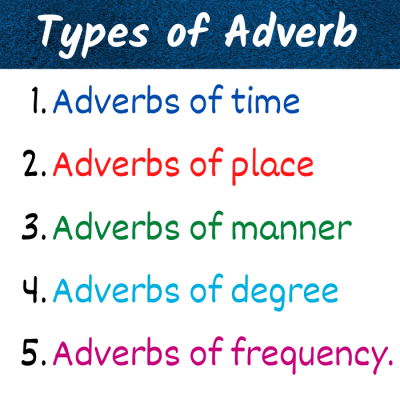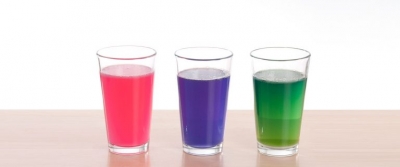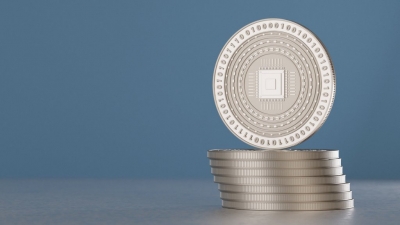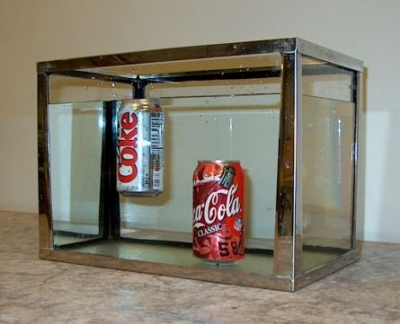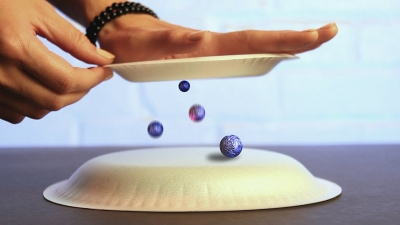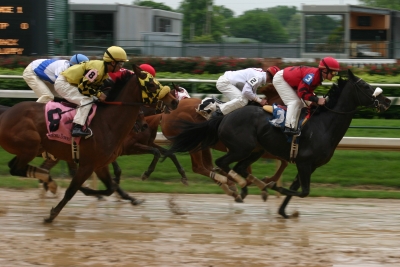
Animal racing goes back many, many centuries. Horse racing was an event in the BC 664 Greek Olympic Games. In all these years, horse racing rules have remained more or less the same. As years passed, people thought why not race other animals too-you could have categories like crawl, slither and jump! In the U.S. alone, you can watch the Jumping Frogs race (Calaveras County. California), Ostrich Festival Races (Chandler, Arizona), Armadillo Races (Edgewood, Texas), Camel Races (Virginia City, Nevada), Cockroach Races (Davenport, Iowa), Lizard Races (Lovington, New Mexico), Wiener Dog Races (Buda. Texas), Lobster Races (Aiken, South Carolina). Here are some of the stories behind animal racing.
Snail Racing
The annual World Snail Racing Championships is held every July in Norfolk, Britain. It has been around for more than 25 years. The contestant has to be a European common garden snail (helix aspersa). Foreign snails are strictly prohibited. The race has some delightful rules. As the competitors look alike, each competitor must have a number painted or attached by sticker to its shell. The contestants are placed in the centre of a circle with a 13-inch radius. They face the circle's outer edge. The official Snail Trainer shouts, "Ready. Steady. SLOW" and the race is under way. The first snail to reach the edge of the circle is the winner. The current world record of two minutes was set in 1995 by Archie The Snail.
Greyhound Racing
The greyhound, which normally weighs around 50-80 pounds (22-36 kg) is the fastest dog on the planet and can achieve a maximum speed of 45 miles per hour (70 km/h). Organised greyhound racing started at the time of deer/hare/fox hunting in the UK and Europe. Queen Elizabeth I of England is credited with inventing this in the 1500s, which is why greyhound coursing (racing) is known as “The Sport of Queens.”
In 1912, one Owen Patrick Smith wondered how he could stop the cruelty of greyhounds killing jack-rabbits. He invented the mechanical hare and in 1919, opened the world's first greyhound racing track in Emeryville, California.
Dachshund Racing
The dachshund or wiener dog was first raced for fun in Australia in the 1970s. When, in 1993, an American TV commercial showed wiener dog racing as a potential comedy sport, the idea became instantly popular.
Every December, San Diego, California, hosts the annual Wienerschnitzel Wiener Nationals. where the dachshunds typically run over 25 or 50 yard (22 or 45 metre) distances to compete for the National Dachshund Racing Championship. With the release of the "dog-u-mentary" Weiner Takes All, which tells the story of the five dog winners and their owners, the sport became a part of American life.
Camel Racing
On the Arabian Peninsula, camel-racing was first held in the seventh century. In the 1970s, camel-racing became a more organised and formal sport. Governing bodies were made to establish official racing rules and regulations. Camel-racing is a popular sport in India, Egypt Australia, and the Arab countries of the Middle East.
A racing camel can reach speeds of up to 25 miles per hour, and the races are run over distances that range from 2.5-6 miles (4-10 km).
Some of the world's most popular and best-known camel races, with the highest prize funds, are currently held in Australia.
Goat Racing
Goat racing originated on the Caribbean island of Tobago in 1925. At that time, horse racing, held every Easter Monday, was considered to be an upper-class event. Samuel Callender began holding a goat race in the village of Buccoo on the following day as a poor man's race. This day became known as "Easter Tuesday" and is now an unofficial public holiday on the island. Today, the Buccoo Goat Race Festival is the world's longest running goat racing event. For this, the contestants are trained over two months.
Hamster Racing
In 2001, there was an outbreak of foot and mouth disease in the rural areas of the U.K. The government restricted the movement of animals. So, many horse racing meetings had to be cancelled, as trainers were unable to transport their horses from the stables to the racecourses. To earn money, the online bookmaking company Blue Square introduced the first hamster racing series. Some called it an act of desperation and others said it was one of creative genius.
Ed Pownall from Blue Square Bookmakers released a statement: "You put an exercise wheel in the middle of a 10-inch-long dragster as the hamsters run in the wheel it moves the thing forward it's just been fun for people, to get them through the day without the horse racing the rodents run six at once along a 30-foot track, so far, the fastest time is 38 seconds. On Friday, the winners of each of the week's four races will face one another in a tournament showdown."
Ostrich Racing
Ostriches are incredibly strong runners, reaching up to 43 miles per hour (69 km/h) in a sprint and holding a constant speed of 31 miles per hour (50 km/h) over distances The birds are ridden like horses, with saddles and reins. The Ostrich Farm in Jacksonville, Florida, has held competitions since it opened as a tourist attraction in 1892. The annual Ostrich Festival takes place in Chandler, Arizona. Similar events are also held in the states of Iowa, Nevada, and Kentucky.
Cockroach Racing
Cockroach racing was born in 1986 at the Story Bridge Hotel in Brisbane, Australia. Two old guys were sitting at the bar, arguing over whose area had the fastest moving roaches. A man who overheard it brought a cockroach each from their respective neighbourhoods, and a race between them was then carried out in a nearby parking lot. History was made that day, and cockroach races now take place annually at the same hotel on January 26. The event is known as "The Australia Day Cockroach Races."
Turtle Racing
Turtle racing began in the United States in 1902 when young children rode turtles in a garden in Chicago. The Chicago Tribune at the time called it "The strangest race ever run." The main street at Longville, Minnesota has been the venue for races since the 1950s, leading to the state legislature honouring the town as "the turtle-racing capital of the world."
What do animal activists say of these races?
While the popularity of animal racing cannot be doubted, animal lovers across the world are aghast. They refuse to accept the argument that racing animals are loved, receive the best of everything and live comfortable lives. Race animals have to put up with stressful travel, rigorous training and injections of performance-drugs and painkillers, they say.
When the animals are injured or get too old to be profitable, they are killed. Turtle racers have been known to introduce electric current to the creature's brain to make it move fast.
PETA (People for the Ethical Treatment of Animals) has condemned turtle races and has suggested racing rubber ducks instead. The dachshund's shape and its genetic predisposition to back injuries has led to a great deal of controversy and widespread criticism of the sport.
These races are viewed by children. What does that tell them about how animals should be treated?
This is exploitation of animals for making money (in bets). There's a big difference between an animal running freely (it can stop and rest when tired) and being forced into racing.
In the United States, Texas and Arizona have passed laws banning greyhound racing. The "sport" of commercial dog racing is currently illegal in 40 states, and hopefully, the trend will continue until all tracks are closed.
As far as India is concerned, many of the animal sports cannot be called "sport" at all. They are not registered under the respective state sports councils. They can only be called cultural or traditional events. Animal activists argue that worshipping the sun, soil and water, and taking care of the cattle is the best way to say "thank you to nature. We should "celebrate" our animals, not use them in sport. But whipping an animal or making it fight another human/animal in an arena with thousands of spectators enjoying the sight of a terrified animal, cannot be our culture. It is animal abuse.
The Indian Prevention of Cruelty to Animals Act, 1960, requires people to take all reasonable measures to ensure the well-being of animals. This includes prevention of pain or suffering. Animal activists say as long as people pay to see these races, the cruelty will continue.
Picture Credit : Google




 ?
?
